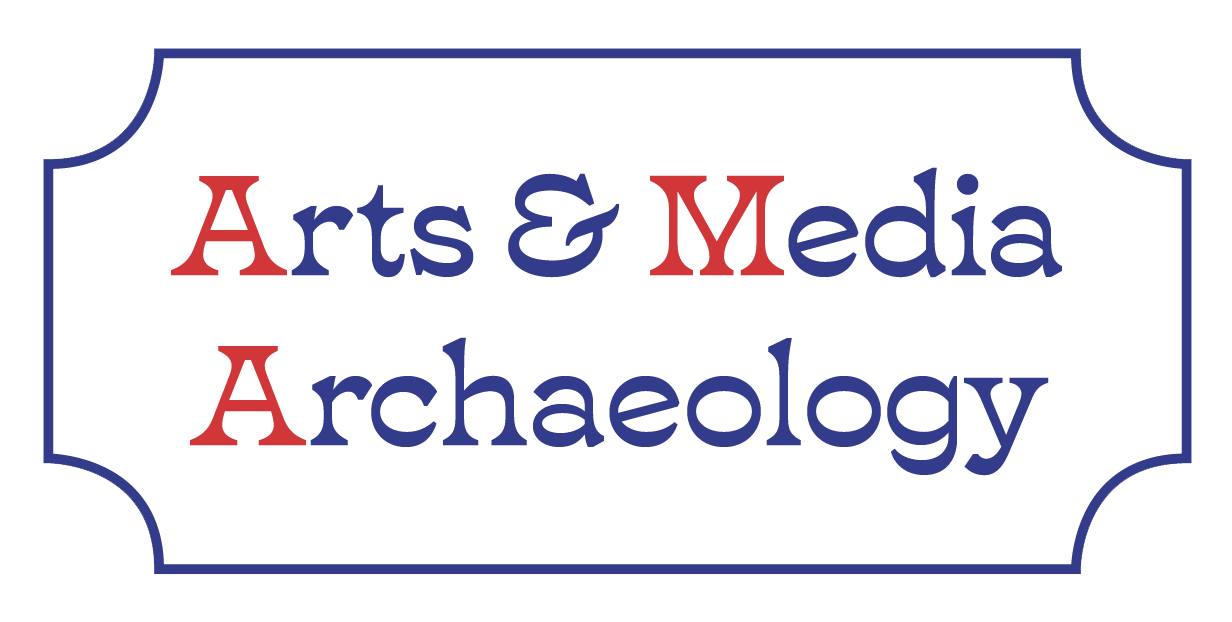Viewer discretion advised: An exceptional collection of wax figures
3 November 2022
We meet PhD student Gitte Samoy in Berchem, in a basement full of strange objects and curiosities: wax heads with outward signs of syphilis and other skin diseases, models of pregnant women with exposed bellies, conjoined twins preserved in formaldehyde... Welcome to the Coolen family collection! Gitte is starting her research at the Science at the Fair project with the inventory of this special collection. Together with the team, she will study the role of travelling fairgrounds in spreading science, technology and visual culture. We are standing next to the wax portrait of a man with a…
Researching the history of fairgrounds is detective work
18 October 2022
How can we study nineteenth century fairground culture? How do we piece together a historical narrative based on limited and fragmentary sources? Most travelling fairground attractions left few traces, except for fragments in the form of flyers, posters, program booklets, newspaper reports, postcards and occasional photos. But sometimes, miraculous discoveries are made. One happened when Thomas Weynants discovered items from a forgotten travelling theatre at a flea market in Ghent. Weynants and Erkki Huhtamo discussed the rediscovery of Théâtre Morieux de Paris during a visit to the SciFair…
Learning from the fairground
12 October 2022
It might be hard to image for generations that grew up with the Sinksenfoor, but 150 years ago, people could learn something new at the yearly funfair. With her project Science at the Fair, Nele Wynants and her team research how itinerant showpeople and museums played an important role in the circulation and popularization of science, knowledge, and visual culture. In so-called anatomical cabinets, zoological and anthropological museums and scientific theatres, itinerant showpeople demonstrated "wonders of nature" and spectacular scientific developments at the annual funfair. Many of today’s…



